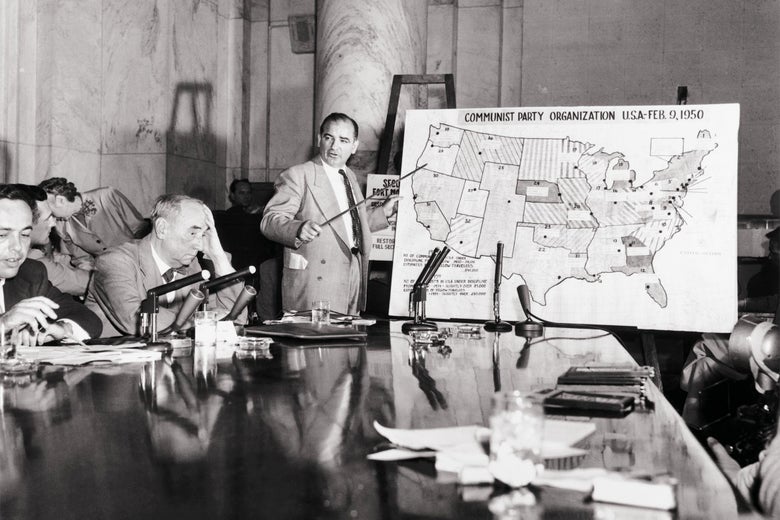The unknown has always been a source of great imagination for humans through the years. It has a way of captivating the public, feeding off human fear. This phenomenon has conquered the test of time as it’s influence can be seen in the play of Macbeth through the 1950s. The topic of the unknown will be explored in this week I learned I post.
The fear of the unknown and the strange lead to some of the most fascinating cultural trends. Fearing the unknown is natural because often they represent the greatest threat.

In the case of Salem Witch Trials and the McCarthy Trails, we see the destructive nature that unchecked fear can spiral into. What is unique about these events is the way that they invaded culture. Those in power use the fear of the unknown to push proposals that result in the public’s infatuation in the topics. The influence of fear has stood the test of time and is an important cultural driver in the world today. Today we will look at some of the most prominent examples in history of when fear was used to create captivating storylines.

The first example I will examine is the inclusion of witches in the Macbeth play written by Shakspeare. Their addition adds to the story in creating a different element in mystique around the plot. The popularity of these characters is a direct result of the Elizabethan population’s fear of witches and magic. The fear of the unknown is a major plot point. It assumed that the audience would look at the actions of the witches and deceptive deceitful. Shakespeare is not the first writer to use fear in his stories but the way he makes it a priority in storytelling proves it’s value Shakespeare tied into the fear and interest in the magic to garner interest from the viewers of the play.
In the 1950s the McCarthy trials were a swansong of interest for the public. The enemy of communism was ever-growing and McCarthy played the card of the fear of this unknown and frightening group. The public feared the influence of the Soviets and supported the hunt for communists. The dawn of TV opened a new opportunity for greater public viewing and more interest. A perfect storm of fear and accessibility allowed for the trails led to rapid growth in popularity.

With the advent of the coronavirus, it is an unknown and frightening danger. The manner in which sensationalist news mediums have reported on it has lead to some wild captivation from the public. Similar to when the McCarthy trials were first televised, the power of social media has changed the way information travels. During the outbreak, misinformation and exaggerated claims can lead to far less clarity among the general population. The information discrepancies have added to the mystique of the mysterious virus that when combined with wild claims that tie fear in, have produced a very compelling storyline to follow.
Fear can captivate the people in a way that simply interesting storylines alone cannot provide. It has been common knowledge in medical circles that fear will invoke some of the strongest emotional responses. The emotional ties that build with the storylines. The masterful use of this human quality by Shakespeare, politicians and media companies is interesting to study. It allows me to gain a greater appreciation for people that use masterclass of human tendencies to their advantage.
In my research, I found a few links that were especially effective:
Negative use of Fear Narrative
Positive use of a Fear Narritive
